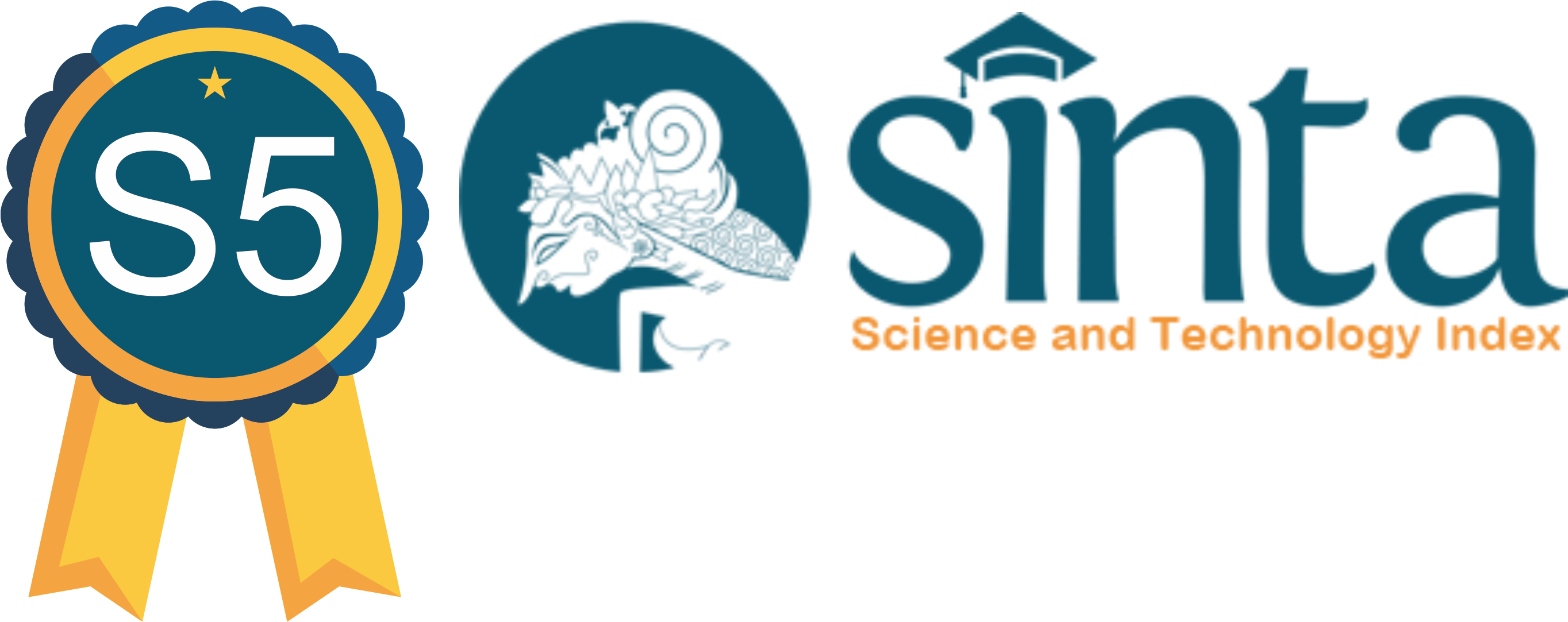The Relationship Between Bullying Behaviour and Self-Confidence in High School Adolescents
Abstract
The problem of bullying in educational institutions is a significant concern. In schools, peers can bully unaccepted individuals, which can diminish their self-confidence. This research examines the relationship between bullying and self-confidence among Wolwal State High School, Alor Regency adolescents. It is a quantitative correlational study using the Product Moment correlation test. The sample comprises 100 teenagers aged 13-19 from Wolwal village, selected through purposive sampling. Instruments include Radhiah's (2020) bullying behaviour scale, based on Coloroso's (2007) theory, and Cahyono's (2019) self-confidence scale, based on Lauster's (2012) theory. Data analysis reveals that physical, verbal, and relational bullying negatively correlates with self-confidence, indicating that increased bullying leads to lower self-confidence in high school students.
Downloads
References
Arif, Y., & Novrianda, D. (2016). Physical bullying behaviour and location of the incident in elementary school students. Medika Scientific Health Journal. 10(1), 135-143
Coloroso, B. (2007). Stop Bullying Breaks the Chain of Child Violence From Pre-School to High School. Jakarta: PT Serambi Ilmu Semesta.
Ghufron, M., N. & Risnawati, R., S. (2017). Psychological Theories.Jakarta: Ar-ruzz Media.
Hertinjung, WS, & Karyani, U. (2015). Profile of perpetrators and victims of bullying in elementary schools (University Research Coloqium). (Published Dissertation) Faculty of Psychology, Muhammadiyah University, Surakarta.
Iswan, AH, & Royanto, LRM (2019). Bullying Behaviour Intervention in
Elementary School Students as Actors. Journal of Theoretical and Applied Psychology, 9, 122–134.
Jannah, T., A. Setiawati, D., (2019). Relational Bullying in Students at School.
KPAI. (2019). Kupang Student Suicide Case Allegedly Victim of Bullying. https://minanews.net/kpai-kas-kill-diri-siswa-kupang-diduga-korban-perundungan accessed on March 10, 2023.
Oktavia, A.T. (2019). The Relationship between Peer Conformity and Bullying Behaviour in Grade 6 Students at SD Negeri 170 Pekanbaru. (Dissertation published) Riau Islamic University
Permana, AA, Rahman, FS, & Ermasaroh, NA (2021). The Relationship between Bullying and a Person's Level of Self-Confidence. Journal of Practice Learning and Educational Development, 1(1), 7–10.
Radhiah, CS, (2020). The Relationship Between Bullying and Social Anxiety in Middle School Students Victims of Bullying in Sabang City.(Dissertation published). Faculty of Psychology, Ar-Raniry State Islamic University, Banda Aceh, Aceh.
Roheti, MM (2021). Prevention of Bullying in Students. Journal of Community Service, 1(2).
Santrock, J. W. (2013). Adolescence: Adolescent Development. Jakarta : Erlangga
Quarterly, (2021). The Relationship Between Verbal Bullying and the Self-Confidence of Bullying Victims in Class Xi Students at SMA Negeri 1 Bandar Surabaya Central Lampung 2019/2020 Academic Year. (Dissertation published) Faculty of Teacher Training and Education, University of Lampung, Bandar Lampung
Ulfah, Meidheana Marlia and Widia Winata. 2021. The Effect of Verbal Abuse on Students' Self-Confidence. Instructional Journal, 2.(2).
Waliyanti, E., Kamilah, F., & Fitriansyah, RR (2018). The Phenomenon of Bullying Behaviour among Adolescents in Yogyakarta. Indonesian Nursing Scientific Journal (JIKI), 2(1), 50–6.
Copyright (c) 2024 Florinda Marta Padakokal, Luh Putu Ruliati, Yeni Damayanti, Mariana Dinah Ch Lerik

This work is licensed under a Creative Commons Attribution-ShareAlike 4.0 International License.
Journal of Health and Behavioral Science (JHBS) is licensed under a Creative Commons Attribution-ShareAlike 4.0 International License. You are free to copy, transform, or redistribute articles for any lawful purpose in any medium, provided you give appropriate credit to the original author(s) and JHBS, link to the license, indicate if changes were made, and redistribute any derivative work under the same license. Copyright on articles is held by the authors. By submitting to JHBS, authors grant any third party the right to use their article to the extent provided by the Creative Commons Attribution-ShareAlike 4.0 International License.

 Florinda Marta Padakokal(1*)
Florinda Marta Padakokal(1*)








